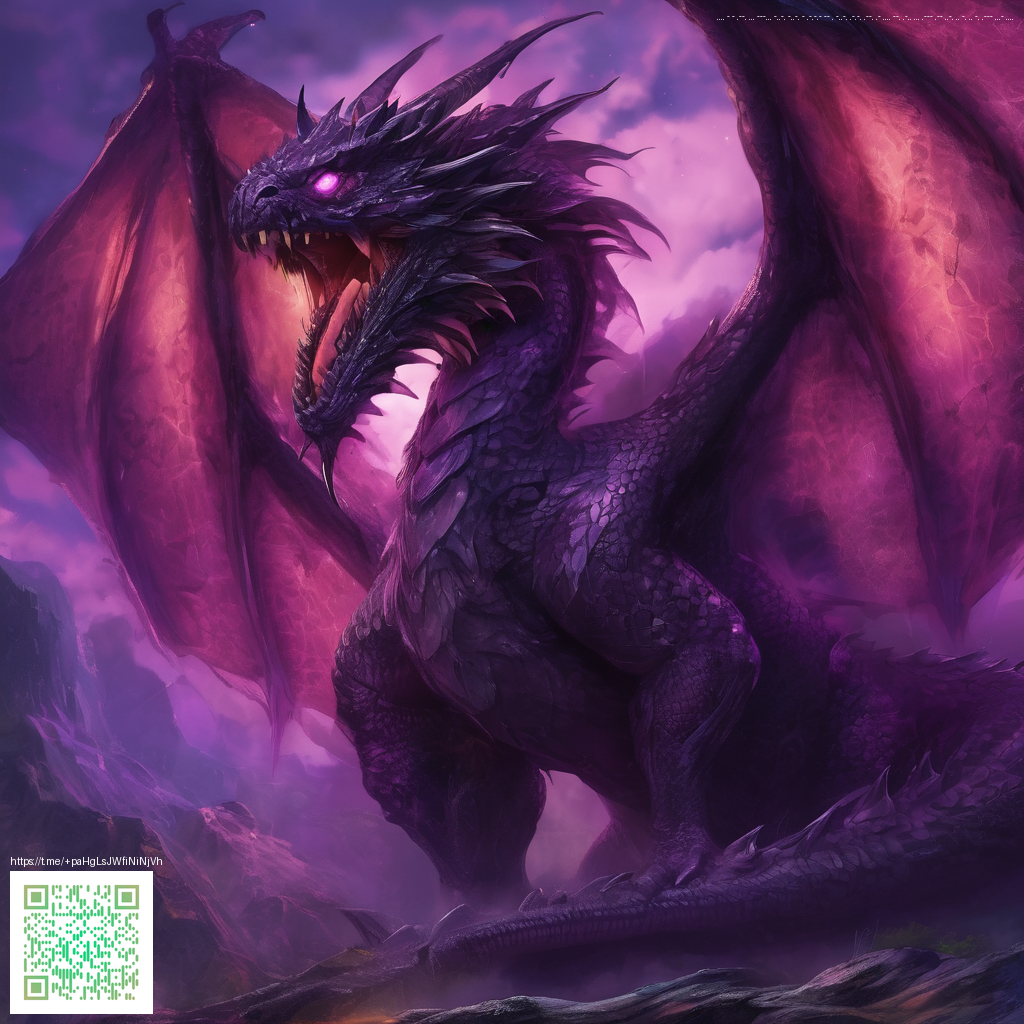
Brown Mushroom Block as a Sculpting Material for Statues and Monuments
Earthy browns and a gentle texture make the Brown Mushroom Block a surprising asset for ambitious builds. While often found in nature driven scenes, its mid tone works well for statues and monumental facades where you want a softer contrast than stone and a warmer shadow color than wood. This guide digs into practical use cases for sculpting, shading and layout in Minecraft landscapes that aim for grand scale without losing personality 🧱
From a gameplay perspective this block is quick to place and adjust. It is mineable with an axe which keeps your build sessions moving during long creative sprees. You can stack up to 64 blocks in a single inventory slot which is handy when you are laying the base of a large sculpture or a column lined promenade. It does not emit light and it is not transparent so decide carefully how you want to illuminate your monument without washing out the subtle browns with glare.
Orientation and state inspired design
The Brown Mushroom Block in Minecraft carries a set of six directional state booleans that influence how the block sits on a face. This is a small but powerful detail for sculptors who want precise control over texture flow across curved surfaces. By planning how the block faces down east north south up and west you can craft layered textures that feel organic rather than flat.
- down face alignment to emphasize ground plane and base texture
- up face for cap like shading on raised busts
- east and west for side shading on statues facing a certain direction
- north and south for long axis shading when columns run along a grid
Building tips for statues and monuments
Start with a clear silhouette of your statue or facade. The Brown Mushroom Block excels as a cover for mid tone detailing that sits between stone and wood textures. Pair it with stone bricks for structure and with mossy blocks for aged patina to evoke a sense of history. A common approach is to outline the form with brighter blocks then fill larger volumes with this block to create depth without overpowering the piece.
Use a combination of blocks to build volume. For example a towering monument may begin with a strong pedestal using polished andesite or smooth stone. Elevate the central figure with brown mushroom blocks for drapery shading and append arms with a mix of wood and sandstone to create contrast. When you want a weathered look, sprinkle this block in patches across the surface to simulate worn stone or ancient brickwork, rather than covering an entire surface in a uniform brown hue 🌲
Texture tricks and lighting choices
Because the block does not emit light, you can stage lighting to sculpt the piece from the front with torches or lanterns placed off to the sides or behind the statue. The goal is to let the browns absorb light naturally and reveal richer shadows at the edges. Placing glow or lanterns higher up and using stairs or slabs to create overhangs can give the piece a dramatic look without requiring bright foreground lighting.
When you build large monuments take small steps. Start with a scale model and then transfer to full size using the brown mushroom palette as a bridge between stone and organic texture
Techniques for modding and creative communities
Modders and texture artists have embraced mushroom blocks as versatile palette options. In creative packs you may see extended color ranges or variants that soften or deepen the brown spectrum. For builders who enjoy community showcases, using the Brown Mushroom Block as a core shading element helps keep a uniform aesthetic across a sprawling campus or a medieval city park. It also pairs nicely with plant life and wood elements to blur the line between natural and crafted forms 🧱
For those experimenting with cinematic builds or story driven monuments, this block can carry symbolic weight. Its earthy tone can anchor a forest temple, a ruined fortress, or a bronze age statue that needs a grounded hues. The practical approach is to plan a limited palette and then use this block as the hinge that unites stone, wood, and foliage into a coherent composition
Remember to test textures in different lighting angles. What reads as subtle in daylight may reveal surprising depth at sunrise or sunset. A little planning on face orientation and shading can turn a simple sculpture into a memorable landmark
If you are crafting a tutorial world or a build showcase, share your progress with screenshots and first person walkthroughs. The community loves seeing how a handful of blocks can transform a space into a living sculpture. The Brown Mushroom Block is not flashy on its own yet shines when used with restraint and good lighting planning
Join the conversation and support
As you explore sculpture ideas this block invites experimentation and community feedback. The open Minecraft community thrives when builders share layouts, renderings, and design notes. If you enjoy this style of content consider supporting the broader project that powers these explorations
Support Our Minecraft Projects